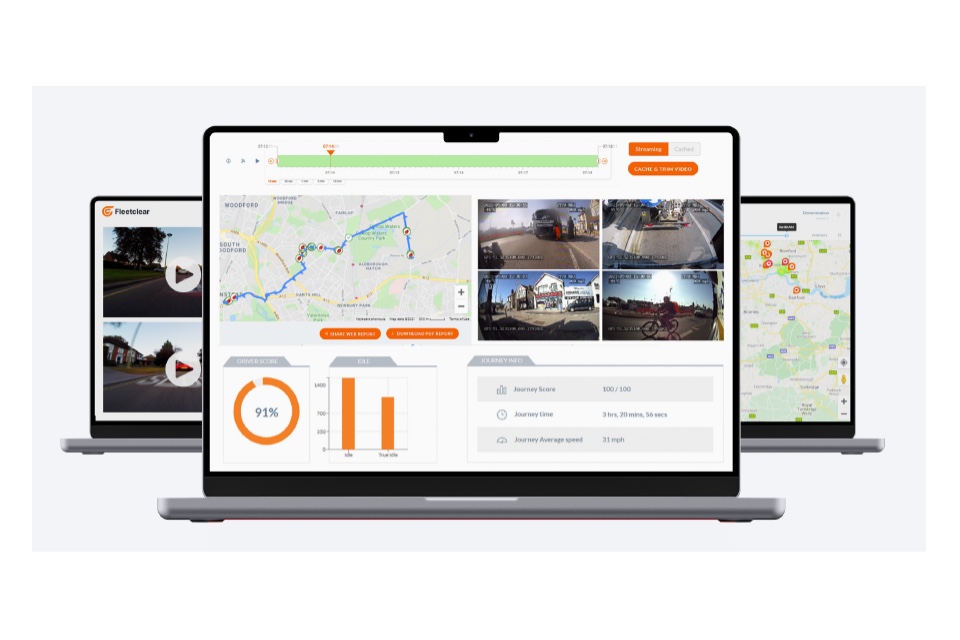Managing grey fleets – vehicles owned by employees but used for work purposes – presents unique challenges for fleet managers across the private and public sectors. Ensuring compliance, safety, and cost-efficiency while reducing environmental impact requires the right solution partner. Here’s a guide to help fleet managers source and select the best grey fleet partners for their organisations, based on Fleet Summit delegate and supplier input…
1. Define Your Objectives and Requirements
The first step is understanding your organisation’s grey fleet needs. Are you aiming to improve compliance with health and safety laws, like ensuring vehicles meet MOT and insurance requirements? Or is reducing carbon emissions and overall fleet costs a higher priority? Clear objectives will help narrow down potential partners.
Assess current grey fleet usage, including mileage patterns, vehicle types, and associated costs, to identify specific pain points. Common challenges include mileage reimbursement management, risk assessment, and sustainability goals. These insights will guide you in choosing a partner with relevant expertise and solutions.
2. Evaluate Partner Expertise and Compliance Support
Grey fleet management requires deep knowledge of fleet compliance regulations, such as duty of care obligations under UK health and safety laws. Select a partner with a proven track record in managing compliance for organisations of your size and sector. Ask for references or case studies demonstrating their ability to handle similar challenges.
Look for partners who can automate compliance checks, including MOTs, insurance validity, and driver licenses. These tools ensure ongoing compliance without burdening your internal team, saving time and reducing risk.
3. Technology-Driven Solutions
Technology plays a key role in modern grey fleet management. Seek partners offering digital platforms to streamline processes like mileage tracking, expense management, and vehicle audits. Features such as GPS integration for real-time mileage monitoring or mobile apps for easy reporting simplify operations for both fleet managers and employees.
Sustainability is a growing priority, so explore solutions that include carbon tracking tools or promote alternatives like electric vehicles (EVs) and car-sharing schemes. Many partners also provide insights into transitioning to greener fleet options, helping organisations meet net-zero targets.
4. Assess Cost Models and ROI
Grey fleet solutions come in various pricing structures, from subscription-based models to pay-per-user platforms. Choose a partner whose cost model aligns with your budget while providing measurable ROI through reduced administrative workloads, lower mileage reimbursements, and improved compliance.
5. Prioritise Scalability and Ongoing Support
Ensure the partner can scale their solutions as your organisation grows or adapts. A good partner will provide ongoing support and updates to address evolving regulations, emerging technologies, and changing organisational needs.
By prioritising compliance, leveraging technology, and focusing on long-term sustainability, senior fleet managers can select a grey fleet solution partner that aligns with their organisational goals. The right partner will streamline operations, enhance safety, and contribute to cost savings while preparing your grey fleet for the future.
Are you searching for Grey Fleet solutions for your organisation? The Fleet Summit can help!
Photo by Mark Stuckey on Unsplash









